Best Acupressure Points for Relieving Shoulder Pain After a Day of Typing
Shoulder pain is a common issue for many people who spend long hours typing or working at a desk. If you’re looking for a natural way to alleviate that discomfort, acupressure for shoulder pain can be an effective solution. By stimulating specific acupoints, you can ease tension and promote better circulation, offering quick relief. We consulted with Ms. Mai Sogawa, a certified Traditional Chinese Medicine (TCM) therapist from Japan, for her expert recommendations on acupressure points to help with shoulder pain. Learn more about Ms. Mai here.
Below, we explore the best acupressure points you can press after a long day of typing to quickly relieve shoulder pain and tension.
1. Gallbladder 21 (GB-21) – Jian Jing
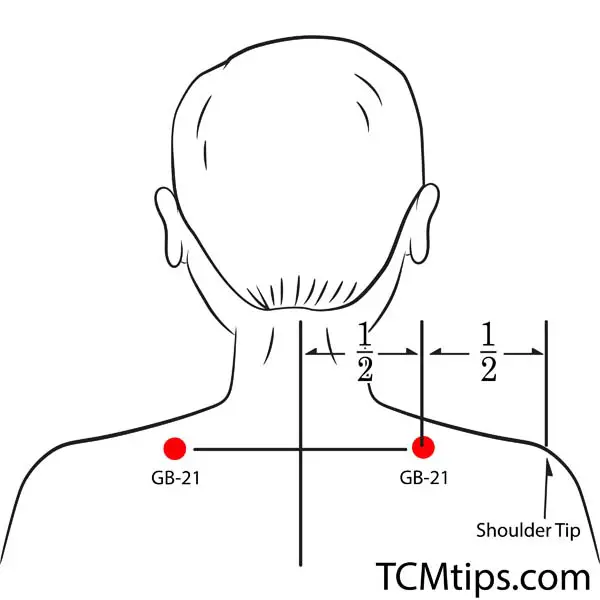
Located at the top of the shoulders, midway between your neck and the outer edge of your shoulder blades, Gallbladder 21 (GB-21) is a go-to point for relieving shoulder tension. This acupoint is especially useful for relaxing tight muscles after prolonged periods of typing or desk work.
To activate GB-21:
- Use your fingers or thumb to apply firm pressure to the point.
- Hold the pressure for 1-2 minutes while taking deep, calming breaths.
This acupoint is known to help release built-up stress in the neck and shoulders, making it ideal for easing the stiffness caused by extended hours at the computer.
2. Lung 5 (LU-5) – Chi Ze
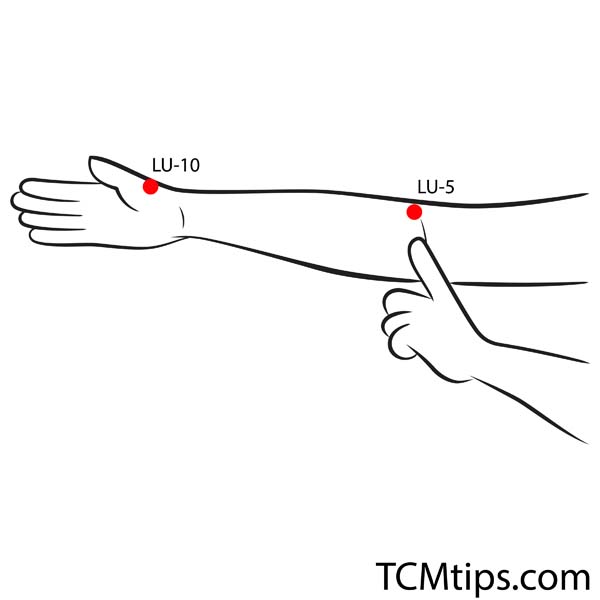
Lung 5, located on the inside of your elbow, can also help relieve shoulder pain, especially when the discomfort is caused by poor posture or repetitive movements like typing. This acupoint works by promoting the flow of energy (Qi) along the meridians, which can reduce tension and improve overall mobility in the shoulder area.
To find and activate Lung 5:
- Bend your arm slightly and locate the depression on the inside of your elbow.
- Apply gentle but firm pressure using your thumb, holding for 1-2 minutes.
This point is particularly helpful for alleviating pain that radiates from the shoulder down to the arms, making it a great addition to your acupressure routine after work.
3. Large Intestine 10 (LI-10) – Shou San Li
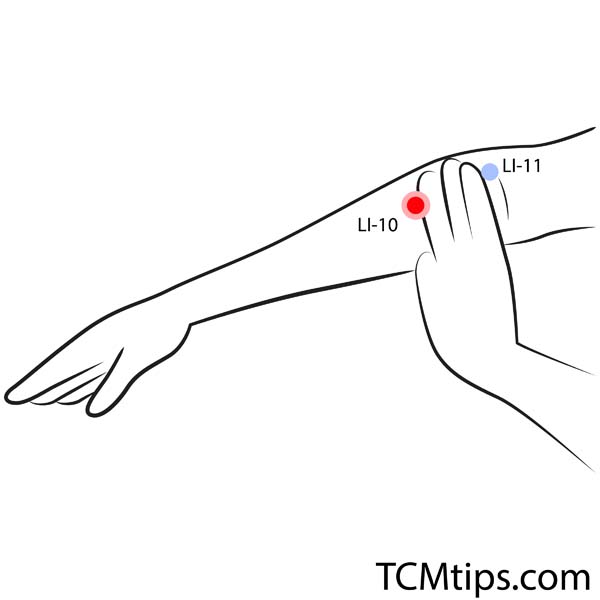
Large Intestine 10 (LI-10) is a highly effective acupoint for alleviating shoulder and arm pain caused by repetitive activities like typing. This point is located just below LI-11 on the outer side of the forearm, about three finger-widths down from the elbow crease. Stimulating LI-10 can help improve circulation and reduce muscle tension, which provides relief for both shoulder and forearm discomfort.
Here’s how to activate LI-10:
- Slightly bend your arm and locate LI-11 at the outer crease of your elbow.
- From LI-11, measure approximately three finger-widths down the forearm.
- Apply firm pressure to this point using your thumb or fingers for 1-2 minutes.
This acupoint is particularly useful for easing shoulder pain that may radiate down to the forearm, offering targeted relief after long hours of desk work or typing.
4. Large Intestine 11 (LI-11) – Qu Chi
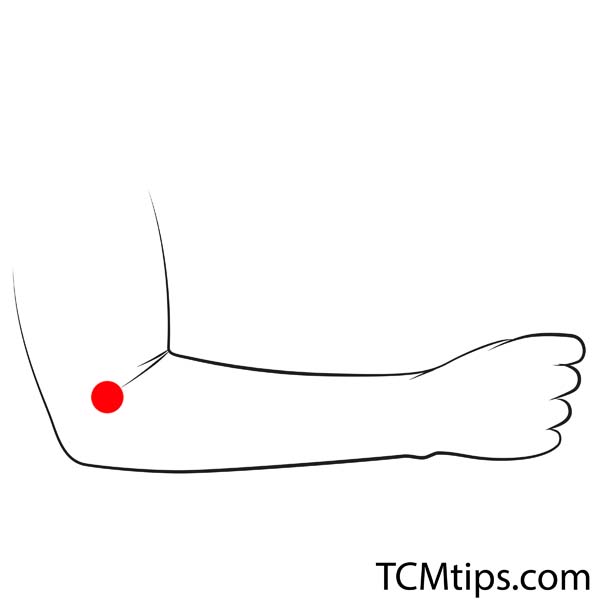
Located at the crease of the elbow, Large Intestine 11 (LI-11) is another excellent point for shoulder pain relief. It helps to release tension in the shoulder by clearing heat and stagnation along the meridians that run through the arms and into the shoulder area.
To stimulate LI-11:
- Bend your arm and find the crease at your elbow.
- Press firmly on the outer edge of the crease for 1-2 minutes.
This point is often used to help reduce inflammation and improve mobility, making it ideal for people who experience shoulder stiffness after prolonged periods of typing.
5. Large Intestine 4 (LI-4) – He Gu
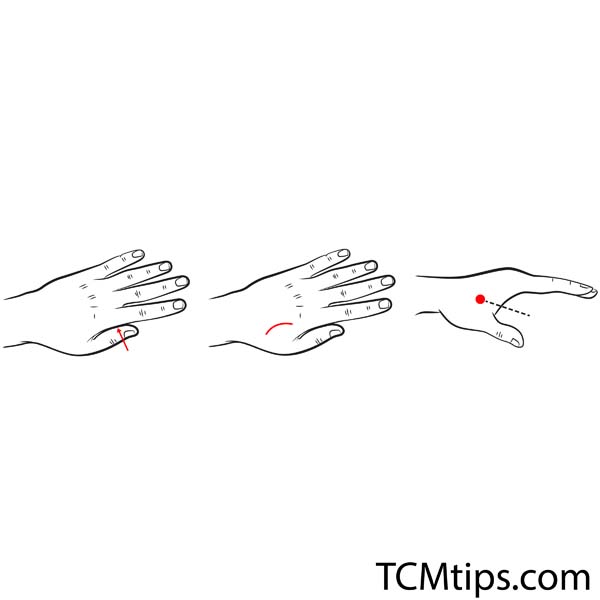
Large Intestine 4 (LI-4), located in the webbing between your thumb and index finger, is one of the most well-known acupressure points for general pain relief. Although it’s far from the shoulder, stimulating this point can help alleviate pain by promoting the flow of energy throughout the body.
Here’s how to activate LI-4:
- Pinch the webbing between your thumb and index finger.
- Apply firm pressure for 1-2 minutes, switching hands to balance the effect.
This versatile acupoint is great for relieving various types of pain, including shoulder pain from typing, by encouraging the body’s natural healing mechanisms.
How Acupressure for Shoulder Pain Works
Acupressure works by stimulating specific points along energy pathways, or meridians, in the body. According to TCM theory, shoulder pain can be caused by blockages or stagnation of energy in these meridians, particularly along the Gallbladder, Large Intestine, and Lung meridians. Applying pressure to these key points helps to clear blockages, allowing energy to flow more freely and relieving pain in the process.
Acupressure is not only a natural and non-invasive method, but it can also be easily practiced at home without the need for special equipment. By incorporating acupressure into your daily routine, you can manage shoulder pain effectively and prevent it from worsening over time.
Tips for Using Acupressure After a Day of Typing
- Stay consistent: Practice acupressure daily, especially after long hours of typing, to maintain shoulder health and prevent pain from returning.
- Take breaks: In addition to acupressure, make sure to take regular breaks during work to stretch and relax your shoulders and neck.
- Maintain good posture: Poor posture is a common cause of shoulder pain, so be mindful of your sitting position to reduce strain.
Incorporating acupressure into your post-work routine is an excellent way to naturally combat shoulder pain. The key acupoints recommended by Ms. Mai Sogawa provide targeted relief, helping to release tension and improve circulation, ensuring your shoulders stay healthy and pain-free even after long hours at the keyboard.
By following Ms. Mai’s expert guidance, you can easily integrate these acupressure techniques into your daily routine for effective shoulder pain management. For more insights and expert advice on Traditional Chinese Medicine, you can learn more about Ms. Mai Sogawa here.

Try our Anti-Aging Gua Sha Tool designed to bring out your skin’s natural glow.
Best Gua Sha Product- Anti-Aging: The tool is designed to target 11 specific aging signs such as wrinkles and sagging skin. By following the 7-step routine, users can improve skin firmness and reduce fine lines naturally.
- Enhances Skincare Routine: It works effectively with serums and lotions, boosting absorption and efficacy of skincare products.
- Visible Skin Improvement: Users can expect a smoother complexion, reduced puffiness, and a more youthful appearance.
 P. Sze
P. Sze 


















